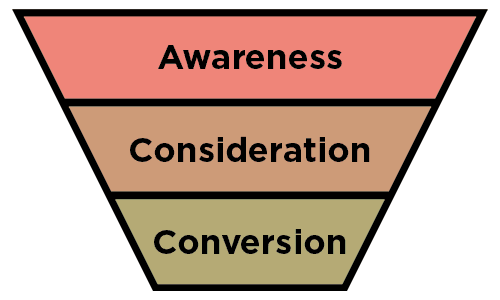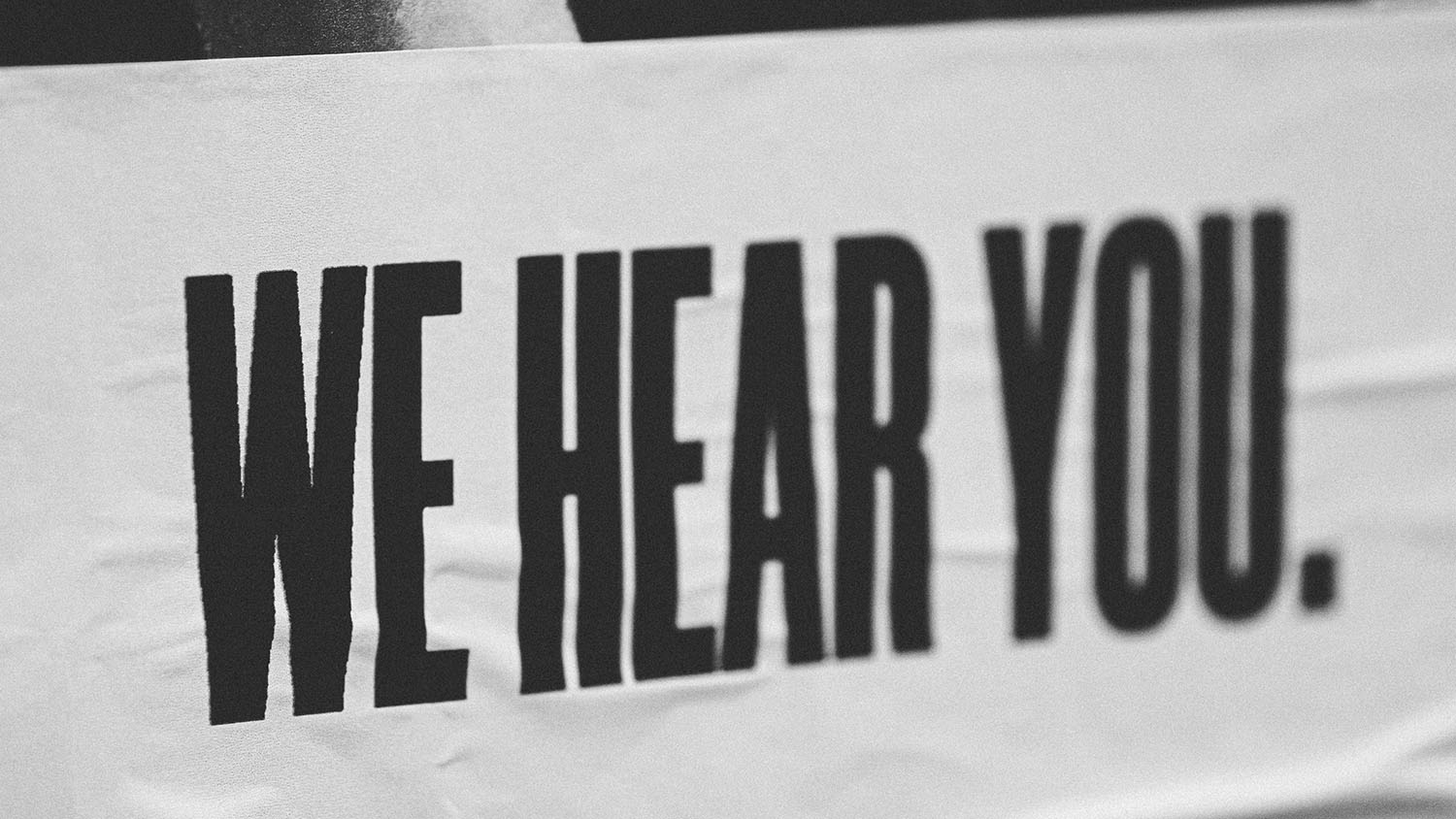Case studies. It’s probably a term you’ve heard banded around on the internet, especially if you read any small business or marketing blogs. Case studies are a fantastic way of helping win business, but what exactly are they? How can you use them in your marketing efforts? And how do you even create one? Let’s take a look.
What are customer case studies?
Essentially, a case study is an example of how your customer uses your product or service to solve challenges and achieve their goals. It could be in the form of a web page, a blog article, or even a video. Potential customers can consume the case study and then answer the question “is this the right solution for me?”.
What makes case studies really powerful is when your potential customer can relate to your actual customer. This could be by shared views, the same industry, job title, or anything else that helps them make a connection. We touch on this in another blog article around the online bank, Monzo, and how they introduce a human element to their website to connect with new customers.
Case studies and the marketing funnel
Before we jump into exactly where a case study fits, let’s do a quick overview of what the various stages of a marketing funnel are. There are many different iterations of the marketing funnel but it usually consists of the following three stages:

Awareness
This is the very top of the funnel and the widest. This is where you highlight a problem or challenge that exists. You then use all your available marketing channels to educate your audience and draw attention to the problem or challenge. Some of your audience will drop off, but for those that engage, they might then progress to the next stage.
Consideration
Now that your audience is interested, most likely because they have the problem or challenge that you’re talking about, they might begin to consume more of your content to educate themselves more. It’s at this stage that your audience is really starting to narrow down their research and potentially start looking at making a buying decision. Again, some people will drop off, and that’s represented by this stage of the funnel being narrower than above.
Conversion
Interested leads are now nearing a final decision, and it’s at this stage that you’ll be equipping them with all the reasons to invest in your product or service. It’s likely they’re showing buying signals and have been viewing pricing information on your website.
So where do case studies fit in? Traditionally, case studies used to be something for later on in the funnel, such as consideration or conversion. However, thanks to review sites, the abundance of information on the internet, and even word of mouth, consumers conduct their research in all sorts of places. In fact, they may just arrive on your website ready to buy! Case studies can, therefore, be used at any stage of the marketing funnel.
How to create a great case study
A great case study is all about telling a real story. Start by picking a selection of customers that you have a great relationship with. Additionally, customers that have had a recent, positive experience could be suitable to reach out to as well.
Next, you need to think about the sort of questions you’re going to ask, as these will form the basis of your case study content. Important areas to cover are:
- A background on what they do as a business
- What your customer did before they used your product or service
- The challenges or problems they were looking to solve
- How they found your solution
- How your solution directly solves their problem/challenge
Another great question to ask, especially if someone has been with you for some time, is to ask them what life would be like without your product or service. This is a great way to re-highlight the benefits of what you do. After all, life without you would take them back to square one!
Armed with your questions, it’s time to reach out to your list of customers and get them involved! You may wish to try a number of different channels for communication, such as email, or maybe even a phone call. Collect all the responses to your questions, but try not to be rigid. You’ll probably find that a more free-flowing conversation produces better results and unearths hidden gems.
Finally, with all your responses recorded, it’s time to construct your case study. You should have a rough idea now of your customer’s journey, but a great method of structuring your story is using a story arc. Commonly found in TV and film, this method helps create a story through a number of key events. Taking into account the questions mentioned above, your story could go something like this:
- Introduce the customer and what they do
- Highlight the problem/pain point that they were trying to solve and the impact it had on their business e.g. loss of business, complicated processes
- Talk about their search for a solution and the “a-ha” moment when they found it
- Walk through the process of them becoming a customer
- Detail the results and how they’ve solved the problem
To really make the story stand out, pick out juicy responses from your customer and use them as pull-out quotes. It helps draw readers to important information, especially if they are skimming the document on their first read.
Creating great case studies takes practice. But just starting to speak to your customers and understanding their journey will give you plenty of insights. Try some of the methods mentioned in this blog, and download case studies from your favourite brands for further inspiration. You’ll be creating captivating stories in no time!
Do you use case studies to land new business? Join the conversation on Twitter, Facebook and LinkedIn.
And would you like to be one of our case studies? Sign up below!


